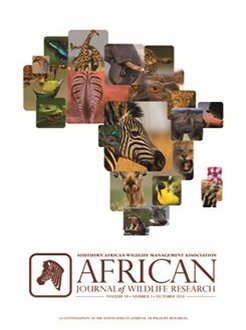African lions (Panthera leo) and spotted hyaenas (Crocuta crocuta) play key roles in savanna ecosystems. Habitat change, overharvesting and retaliatory killing may threaten the persistence of some populations. Climate may cause further disturbance that accentuate negative effects. Droughts weaken the ability of prey to avoid predators resulting in larger carnivore populations. We thus expected populations of African lions and spotted hyaenas to increase during a drought in Kruger National Park (Kruger). Prey that is easier to hunt during droughts may also influence age and sex structures through impacts on survival and fecundity schedules. We tested these predictions by collating information from previous studies and conducting a field call-up survey in Kruger. A severe drought in Kruger during the summer of 2015/2016 allowed pre- and post-drought comparisons. Before the drought, lion and spotted hyaena numbers increased in response to increasing prey biomass. During the drought, lions maintained their numbers, while spotted hyaena numbers increased further. There were substantially more subadult male lions after than before the drought. The abundant subadult males may induce higher incidences of human–carnivore conflict through more dispersing males in future. Our analyses highlighted immediate and lag effects of carnivores in response to droughts.
How to translate text using browser tools
1 February 2022
African Large Carnivore Population Changes in Response to a Drought
Sam M. Ferreira,
Pauli Viljoen
ACCESS THE FULL ARTICLE
abundance
age and sex structure
climate change
drought
Kruger National Park
lions
spotted hyaenas






